Folklore is a mix of cultural expressions that is different and belongs to each village, city, or country. In Cusco’s case, dance is one of the traditions that boasts the most color, charm, and magic. Taking into account that Folklore Day is celebrated around the world on August 22nd, we’ll take a look at some of the dances that are present in most of the traditional celebrations in Cusco.
WALLATAS
The protagonists of this dance put strength and energy in every step of the dance. This traditional dance comes from the province of Urubamba. It demonstrates the relation between man and nature because wallatas are birds that live on the lakes found in this area. The dancers represent the birds with choreography imitating their wings flapping with the objective of making women fall in love with them.
The beautiful women that dance do so elegantly without losing the strength and energy that characterize them.

SAQRA
This dance can be seen during the Virgin of Carmen or “Mamacha Carmen” festivities in the province of Paucartambo. However, you can usually spot it during other major events in Cusco too. The Saqras are full of color and add the biggest aspect of fun to the festivities. The name means naughty devil and you’ll see them living up to their name during the dance and playing with the public.
It’s not difficult to spot the Saqras as they use clothes that are so colorful and eye-catching masks that represent animals like cats, pigs, and roosters.
During the Virgin of Carmen festivities, the Saqras can actually be seen being naughty in the rooves of houses and on the balconies.

CARNAVAL CUSQUEÑO
Carnaval is one of the happiest festivals celebrated at an international level around the globe and in Cusco they enjoy a special way of celebrating. One of the dances that boast elegance during this season is the Cusco Carnaval dance. In this mixed color dance, the men and women sing happy songs. Each step shows their happiness and the elegant clothes are full of color, a defying aspect of carnavales.

TUPAY
The dance Tupay comes from the Canas and Espinar provinces, and its essence is love. Tupay is a word in Quechua that means meeting, specifically the courting meeting between a single woman and a single man. During the dance, we can see young men, dressed in big outfits that are full of color, flirting with the pretty women and trying to make them fall in love with them. Meanwhile, the women show that they don’t fall in love that easily.
The traditional dance of Tupay has been declared a Cultural Patrimony of the nation for its original character, seniority, and richness of its meaning, as well as its aesthetics in dress, music, and dance moves.
DANZA MAJEÑO
This is one dance that is never missing from a festival in Cusco. What grabs your attention the most are the masks because they boast exaggerated expressions and huge noses. They often cause a lot of laughter and amazement to those seeing the dance for the first time.
Majeño represents the old merchants from the Majes zone in Arequipa who used to come to Cusco, especially to the Paucartambo province. They would sell their products which usually included liquor and wine.

The list of dances could go on and on because this artistic expression is present in every traditional celebration that’s held in each of the provinces of Cusco. If you are going to visit Cusco you won’t find it difficult to get a taste of the local, typical dances.


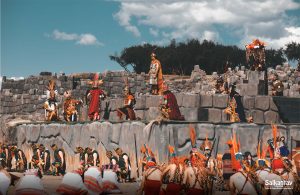



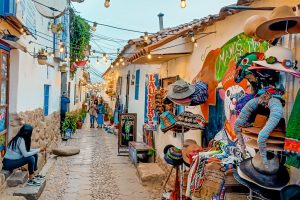
Leave A Reply